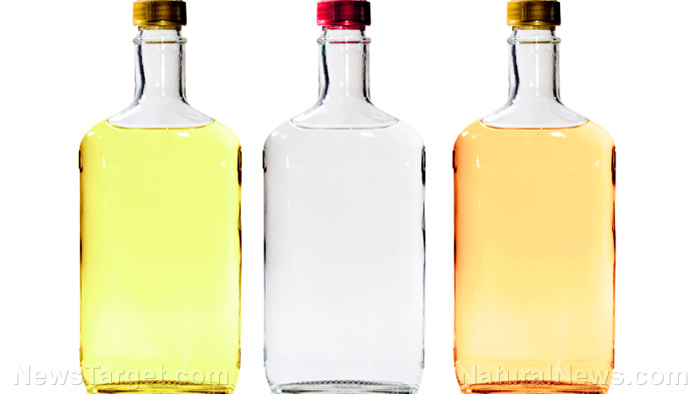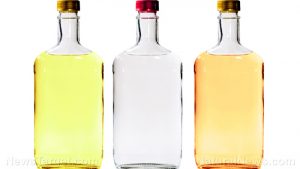
Isopropyl Alcohol — toxicity, side effects, diseases and environmental impacts
Wednesday, November 29, 2017 by Jhoanna Robinson
http://www.naturalpedia.com/isopropyl-alcohol-toxicity-side-effects-diseases-and-environmental-impacts.html

Isopropyl alcohol, which is in the same league as isopropanol alcohol and which has the chemical formula (CH3)2CHOH, is mostly known by a lot of people as rubbing alcohol.
Isopropanol and isopropyl alcohol are different names for the same chemical compound. People are confused with the naming of these two chemicals because people have the two naming standards mixed up. The suffix “ol” is part of the IUPAC system of nomenclature – a systematic method of naming organic chemical compounds as recommended by the International Union of Pure and Applied Chemistry – while the prefix “iso” is part of the common system of nomenclature.
The proper name of isopropyl alcohol under the IUPAC system is Propan-2-ol. Isopropyl alcohol is proper under the common naming system.
Isopropyl alcohol smells like and is a lot similar to hard liquor, beer, and wine. The melting point is -88 degrees Celsius while the boiling point is 108 degrees Celsius.
Isopropyl alcohol is similar to drinking alcohol or ethanol in the sense that they are both soluble in water and they both have a low boiling point. Small amounts of this can be produced by the gut microbial flora.

List of known side effects
Ingestion, inhalation, and absorption of isopropyl alcohol results in poisoning and irritation to the eyes, nose, and throat.
Body systems affected by isopropyl alcohol
Isopropyl alcohol is bad for the central nervous system. It can act as a central nervous depressant, meaning, given toxic amounts, it can cause degradation of the nervous system and its organs.
Items that can contain isopropyl alcohol
Since isopropyl alcohol is mainly used as a solvent, paints and other coloring material often contain it as one of their ingredients. In fact, it has many uses in many household such as toilet bowl and window cleaners, and personal care items such as soaps and perfumes. It is the active ingredient in rubbing alcohol for topical disinfection.
Rubbing alcohol has the capability of getting rid of sticky and gummy residues, making it an essential tool for removing sap or gum from hands and surfaces. Rubbing alcohol even gets rid of hairspray residue from mirrors and windows, according to ReadersDigest.com. If you want to get rid of the presence of fingerprints on your CDs, DVDs, or vinyls, rub them down with some isopropyl alcohol on a soft cloth.
Being a natural disinfectant and an antibacterial agent, nurses use isopropyl alcohol to clean the skin prior to giving an injection. It is sprayed on hospital surfaces to prevent the spread of disease. At home, it is used to clean countertops.
Isopropyl alcohol has greater antibacterial capabilities than ethyl alcohol due to its greater depression of surface tension, and is therefore more toxic than ethyl alcohol. Isopropyl alcohol, however, is less toxic than methyl alcohol.
It is also used in the manufacture of acetone and its derivatives, and in skin and hair preparations, lacquer formulations, antifreezes, agricultural chemicals, automotive care products, building and construction materials, and pharmaceuticals.
How to avoid isopropyl alcohol
The vapor that is emitted by isopropyl alcohol is highly flammable, therefore, the organic chemical compound must be kept away from heat sources, or from areas that might induce it to cause a fire. Always wear gloves when handling this material to avoid intoxication.
Where to learn more
- Orchids and Alcohol: DIY Pest Control For Orchid Pests
- 15 Petrochemical Skin Care Ingredient to Avoid
- Surprising number of children are drinking this toxic household product…is your child safe?
- Severe Allergic Reactions to Hair Dyes are on the Rise
- Hair colorants and the cancer connection – Protect yourself with these natural alternatives
Summary
Isopropyl alcohol smells like and is a lot similar to hard liquor, beer, and wine.
Isopropyl alcohol is bad for the central nervous system.
Isopropyl alcohol is the active ingredient in rubbing alcohol for topical disinfection.
Sources include:
Tagged Under: Tags: isopropyl alcohol





